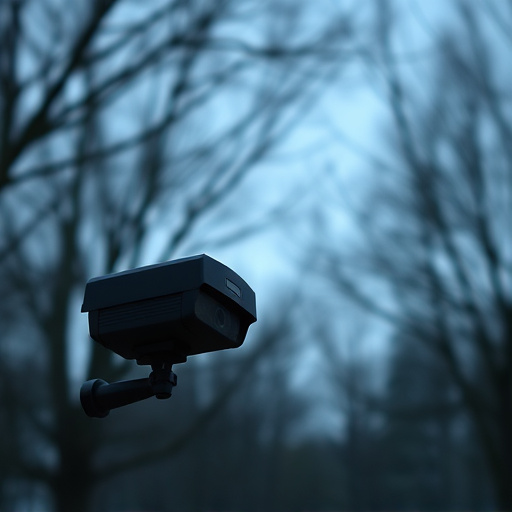Hidden cameras for home monitoring have become a popular, effective tool in today's digital era, providing homeowners with peace of mind and enhanced security by capturing high-definition video and audio. Strategically placed, they can track visitors, monitor assets, and gather evidence. Detecting these cameras using RF detectors or SDR receivers is crucial due to their sophisticated technology. However, their unauthorized use invades privacy and carries legal consequences, with regulations varying by region; users must respect these laws while ensuring their neighbors' privacy isn't infringed upon.
Uncover the world of hidden cameras and protect your home with our comprehensive guide. This tutorial delves into the intricacies of detecting these covert devices using RF detector sweeps, empowering you with essential knowledge for enhancing security. We explore different tools and techniques to identify RF signals, offering a practical approach. Additionally, we discuss ethical considerations and legal boundaries, ensuring informed decisions. Discover how to navigate this modern challenge in home monitoring, staying ahead of potential threats while respecting privacy.
- Understanding Hidden Cameras for Home Security
- Detecting RF Signals from Hidden Cameras: Tools and Techniques
- Ethical Considerations and Legal Limits of RF Detector Sweeps
Understanding Hidden Cameras for Home Security
Hidden cameras have become a popular tool for home security, offering a sense of peace and protection for homeowners. These devices are designed to monitor activities within and around your property discreetly, capturing footage that can be reviewed at any time. In today’s digital age, where technology plays a significant role in enhancing home security, hidden cameras provide an extra layer of surveillance, allowing you to stay informed and connected to what’s happening in your home.
With the ability to capture high-definition video and audio, these devices enable homeowners to detect potential threats, deter intruders, and even gather evidence for legal purposes. Whether it’s installing a camera near the entrance for visitors’ tracking or placing them in strategic locations to monitor valuable assets, hidden cameras for home monitoring offer versatility and convenience. This technology has revolutionized personal security, making it easier for folks to safeguard their families, properties, and belongings from unwanted intrusions.
Detecting RF Signals from Hidden Cameras: Tools and Techniques
Detecting RF (Radio Frequency) signals from hidden cameras is a critical step in ensuring home security, especially with the growing prevalence of sophisticated surveillance devices. These tiny cameras can transmit data wirelessly, making them hard to pinpoint and detect without specialized equipment. The process involves understanding the unique radio frequencies these cameras operate on and employing tools to sweep and identify these signals.
One common technique is using RF detectors or signal finders, which can scan a wide range of frequencies to pick up any suspicious activity. These devices are particularly useful for identifying hidden cameras that may be transmitting on non-standard frequencies. Additionally, experts often utilize software-defined radio (SDR) receivers, allowing them to demodulate and analyze signals in detail, making it easier to detect hidden camera feeds. This method is especially beneficial for home monitoring as it provides a proactive approach to securing personal spaces from these covert devices.
Ethical Considerations and Legal Limits of RF Detector Sweeps
Using an RF detector sweep to uncover hidden cameras, while a powerful tool for home monitoring and security, raises important ethical considerations and faces legal limits. It’s crucial to approach this technology with caution and respect for privacy rights. Unauthorized use of these devices can constitute a serious invasion of privacy, with potential legal repercussions.
In many jurisdictions, there are strict regulations regarding the use of hidden cameras and surveillance equipment. Laws vary greatly by region, but generally require consent from all parties involved in order to legally record or monitor activity. Even for those using hidden cameras for legitimate home monitoring purposes, understanding and adhering to these laws is essential to avoid legal trouble. Ethical considerations also extend to ensuring that the use of RF detector sweeps does not infringe upon neighbors’ privacy or cause unnecessary alarm.
RF detector sweeps offer a powerful tool in the fight against hidden cameras for home security. By understanding the technologies involved and navigating the ethical and legal boundaries, homeowners can take proactive measures to protect their privacy. While these methods are effective, it’s crucial to remember that no single solution is foolproof; a multi-layered approach to home monitoring, including physical security measures and software, provides the best defense against hidden cameras.
